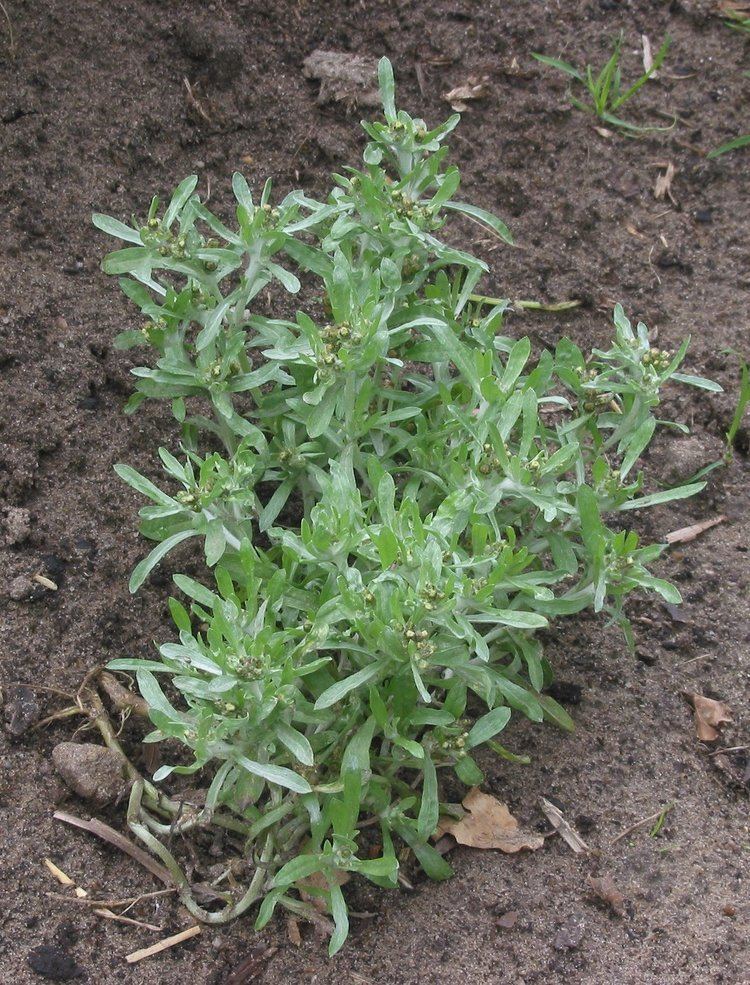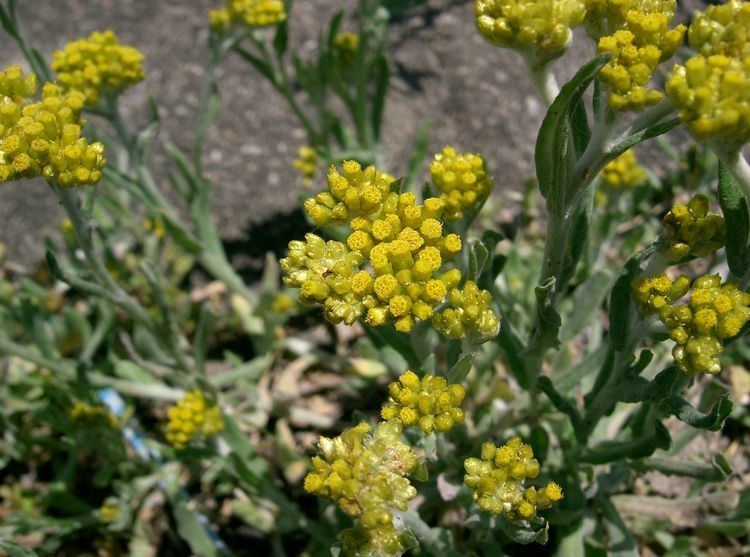Scientific name Gnaphalium Rank Genus | Higher classification Daisy family | |
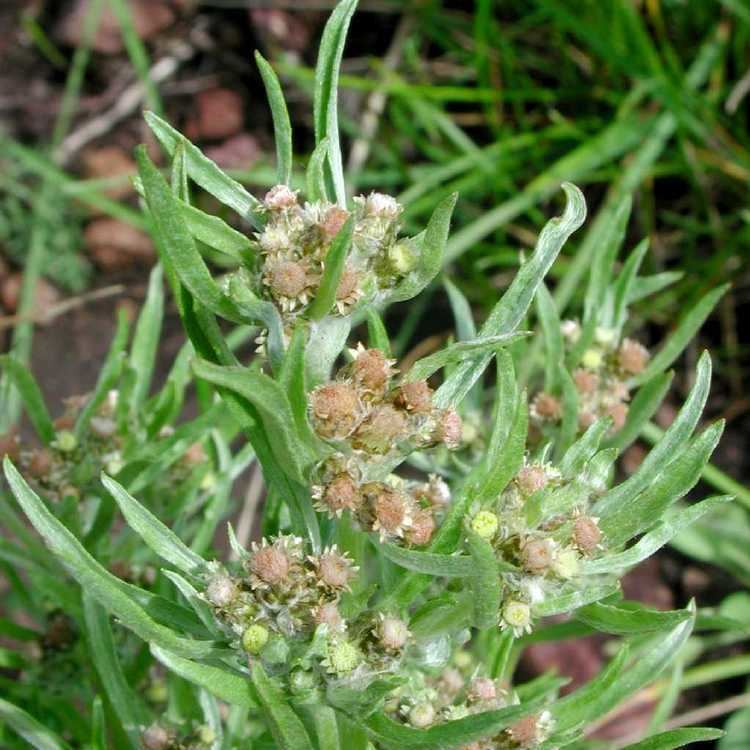 | ||
Lower classifications Gnaphalium uliginosum, Gnaphalium affine, Gnaphalium palustre, Gnaphalium sylvaticum, Gnaphalium norvegicum | ||
Medicinal rice p5 formulations for gnaphalium toxicity pankaj oudhia s medicinal plant database
Gnaphalium is a genus of flowering plants in the sunflower family, commonly called cudweeds. They are widespread and common in temperate regions, although some are found on tropical mountains or in the subtropical regions of the world.
Contents
- Medicinal rice p5 formulations for gnaphalium toxicity pankaj oudhia s medicinal plant database
- Medicinal rice p5m formulations for gnaphalium excess pankaj oudhia s medicinal plant database
- Species
- Formerly included
- Secondary metabolites
- References
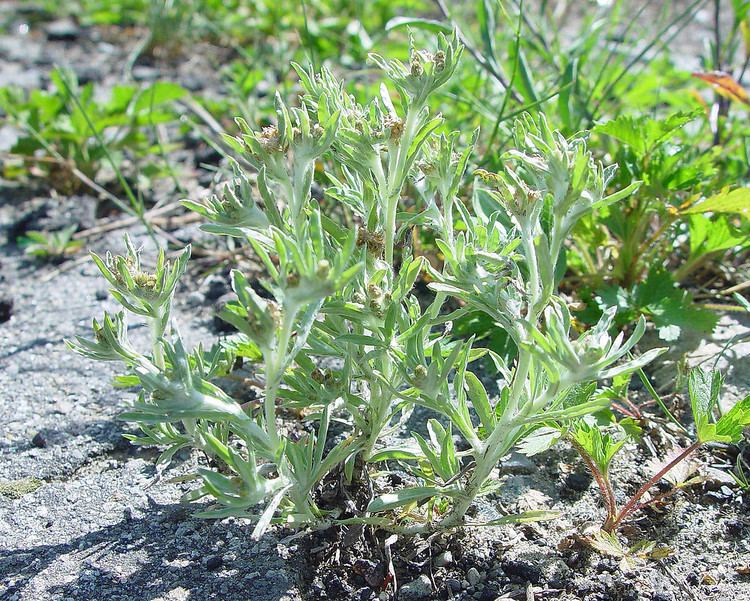
Cudweeds are important foodplants for American painted lady caterpillars.
Medicinal rice p5m formulations for gnaphalium excess pankaj oudhia s medicinal plant database
Species
Species in this genus include:
Formerly included
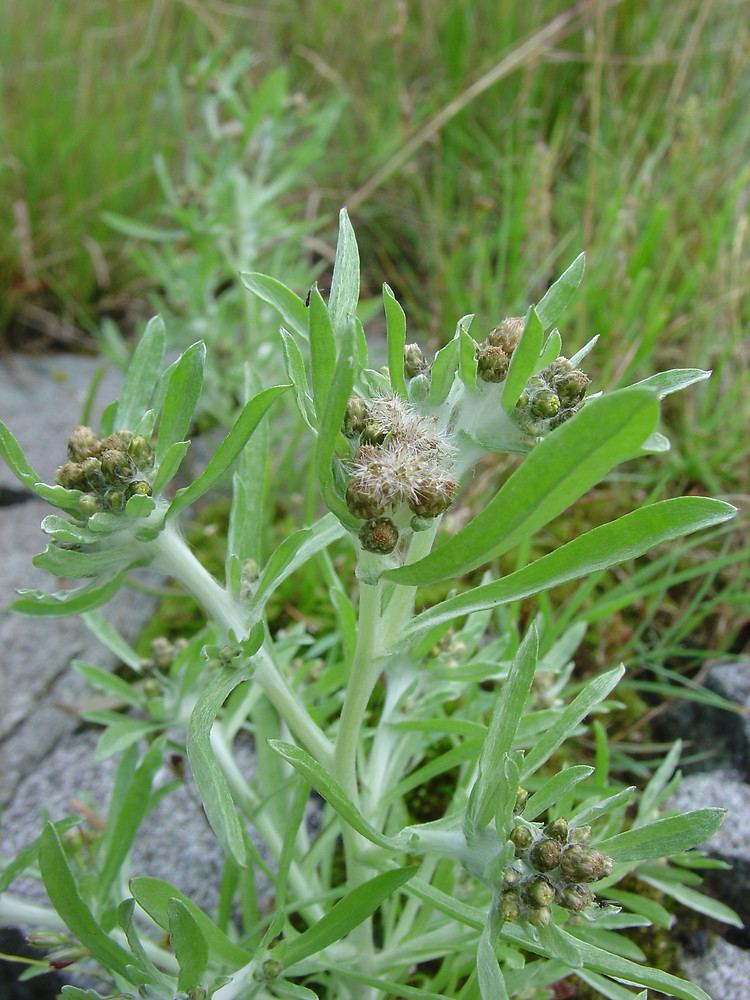
Numerous species have at one time been included in Gnaphalium, but are now considered to belong to other genera: Achyrocline, Aliella, Ammobium, Anaphalioides, Anaphalis, Anaxeton, Antennaria, Argyrotegium, Belloa, Berroa, Blumea, Castroviejoa, Chevreulia, Chionolaena, Chrysocephalum, Dolichothrix, Edmondia, Euchiton, Ewartia, Facelis, Filago, Galeomma, Gamochaeta, Gnomophalium, Helichrysum, Ifloga, Laphangium, Lasiopogon, Leontonyx, Leontopodium, Leucogenes, Logfia, Lucilia, Luciliocline, Metalasia, Micropsis, Neojeffreya, Novenia, Ozothamnus, Pentzia, Petalacte, Phagnalon, Pilosella, Plecostachys, Pseudognaphalium, Pterocaulon, Rhodanthe, Raoulia, Schizogyne, Staehelina, Stuckertiella, Syncarpha, Troglophyton, Vellereophyton, Xerochrysum
Secondary metabolites
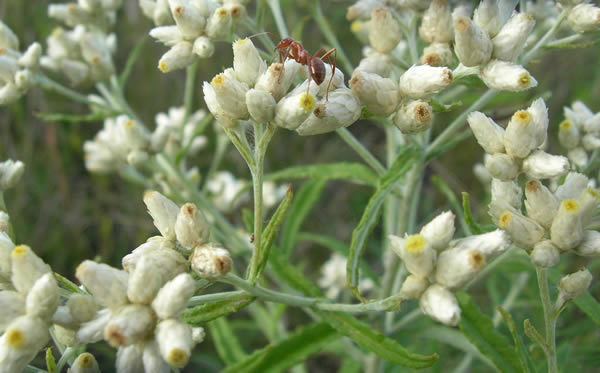
Gnaphalium species are known to contain flavonoids and diterpenes. Recently, two unique caffeoyl-D-glucaric acid derivatives, leontopodic acid and leontopodic acid B formerly only known from Leontopodium alpinum (L.) Cass. were detected in various species of Gnaphalium together with similar formerly unknown compounds.
